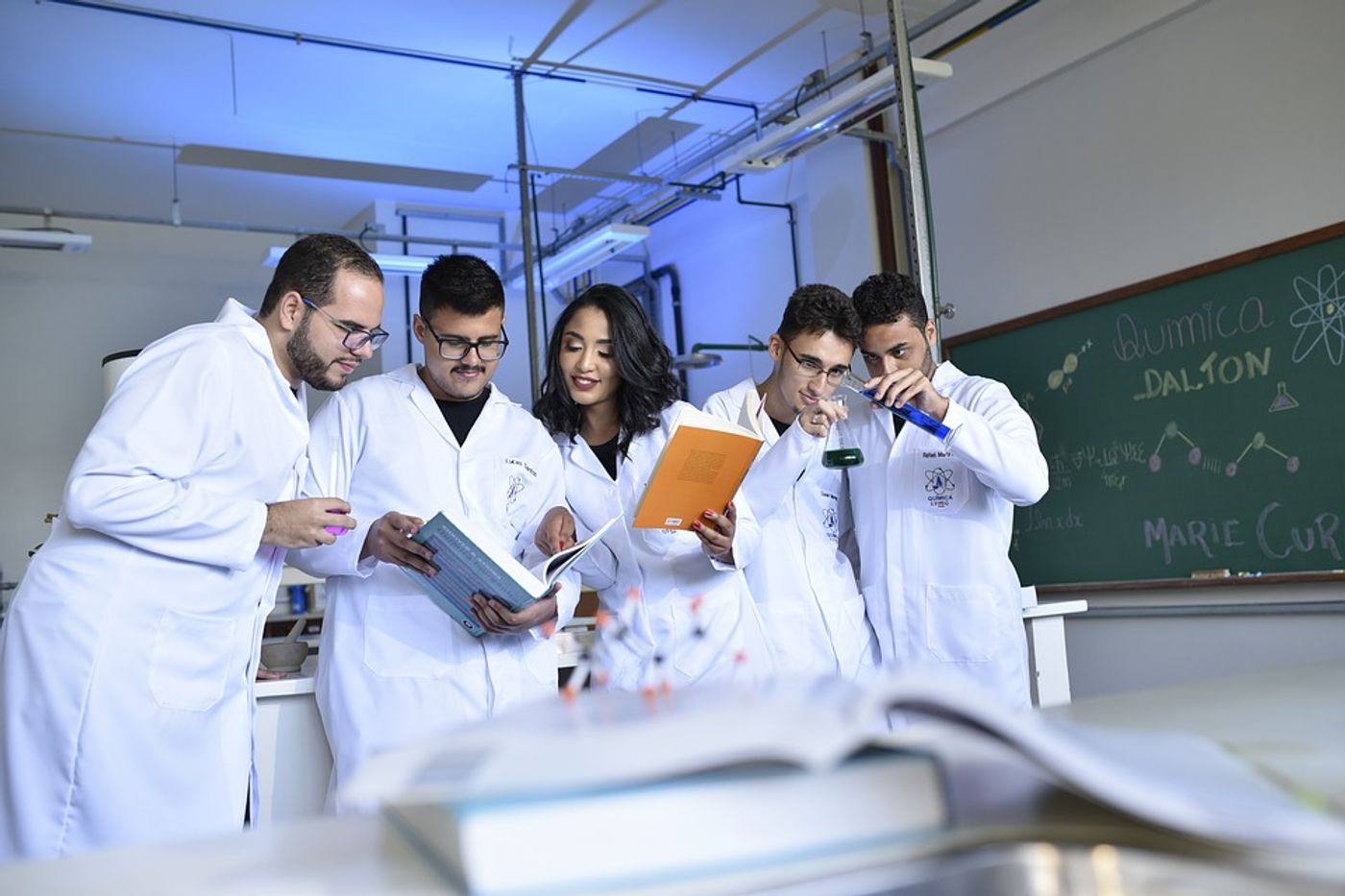Using sunlight to convert carbon dioxide into fuel
Researchers are calling on the sun to develop a conversion technique to transform carbon dioxide into fuels, pharmaceuticals, and polymers. Led by Shaama Sharada and her colleagues at the USC Viterbi School of Engineering, the team has shown it is possible to use ultraviolet light to reduce CO2 in order to be used to plastics, medicines, and other industrial products. Their findings are published in the Journal of Physical Chemistry A.
"CO2 is notoriously hard to reduce, which is why it lives for decades in the atmosphere," says Sharada, who calls carbon dioxide a "very happy molecule." "But this negatively charged anion is capable of reducing even something as stable as CO2, which is why it's promising and why we are studying it."
The anion she is referring to is called oligophenylene and the team is interested in it because of the way it reacts with sunlight – which is, as we know, a renewable source of energy. The team used quantum chemistry simulations in order to analyze how electrons move between the catalyst and CO2, ultimately determining that by systematically modifying the oligophenylene catalyst, they can hasten the reaction speed.
Due to our ever-growing climate crisis, scientists around the globe are intent on finding sustainable technologies that can convert CO2 that has been captured from emissions into fuels or carbon-based feedstocks for consumer products ranging from pharmaceuticals to polymers. The problem with the current technologies we have to do this is that they require a tremendous amount of energy – which is not exactly what we’re going for in the whole save-the-planet mission.
"Most other ways to do this involve using metal-based chemicals, and those metals are rare earth metals," said Sharada. "They can be expensive, they are hard to find and they can potentially be toxic."
Sharada said the research group intends to continue this line of investigation by using quantum chemistry and genetic algorithms to design catalysts lead can be excited by visible light.
Sources: Journal of Physical Chemistry A, Science Daily









